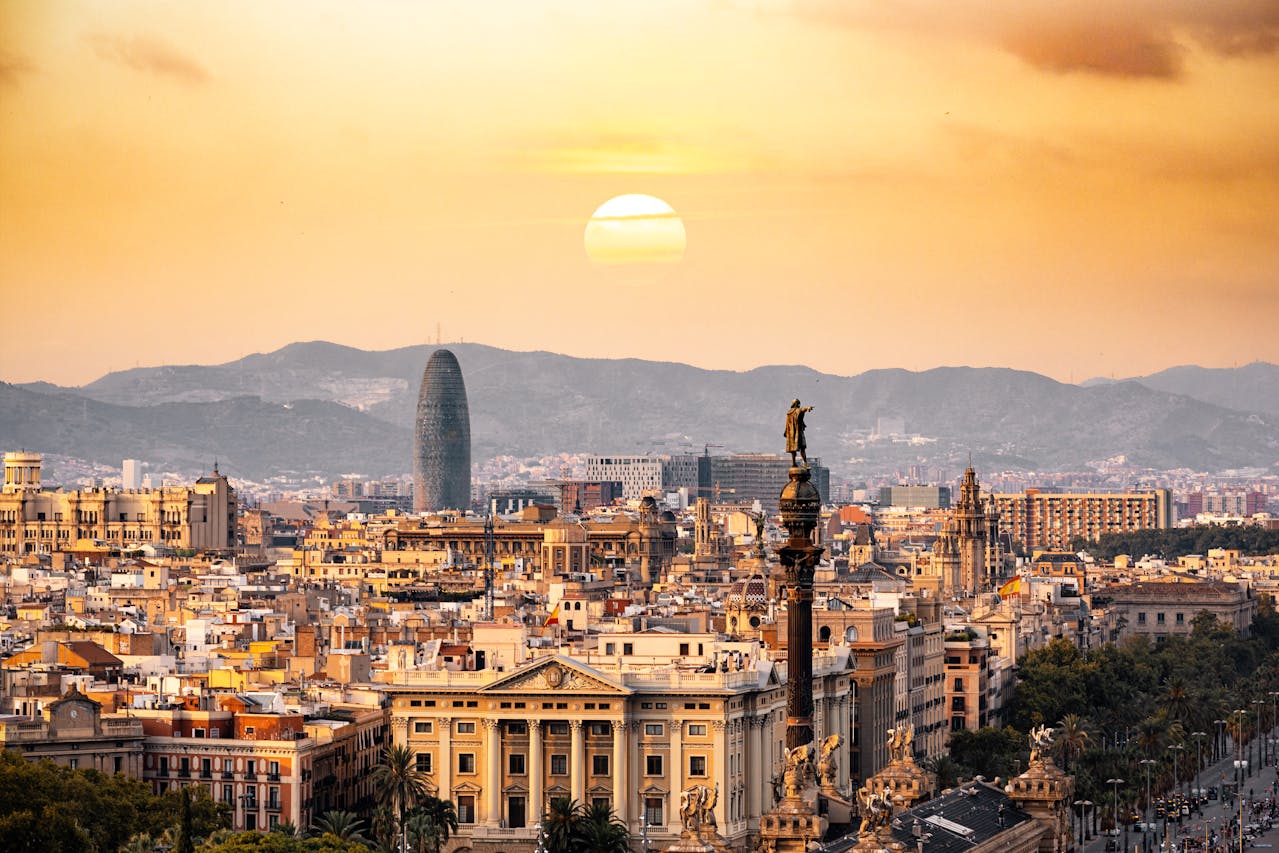For centuries, Granada has been a meeting point of cultures, where Islamic and European traditions blend seamlessly. While the Alhambra stands as the city’s crown jewel, Granada’s Arab heritage lives on in its hammams, tea houses, and hidden architectural gems.
Traditional Hammams: Ancient Rituals in Modern Times
Al Andalus Hammam
Nestled in the heart of Granada’s historic district, Al Andalus Hammam recreates the authentic bathing traditions of Moorish Spain. The steam rooms, adorned with intricate geometric tiles and star-shaped skylights, transport visitors back to the 15th century. Here, the ritual of cleansing becomes a journey through time, with different temperature pools and aromatic oils used in traditional massage treatments.
Hammam Benefits & Etiquette
- Temperature progression: Start with warm rooms before moving to hot chambers
- Steam room customs: Keep voices low and respect the meditative atmosphere
- Traditional kessa scrub: Experience the authentic exfoliation technique
- Post-bath mint tea: Complete your hammam visit with this traditional refreshment
Tea Houses of the Albaicín
Exploring Calle Calderería Nueva
Known locally as “Calle de las Teterías” (Street of Tea Houses), this narrow cobblestone street in the ancient Albaicín quarter houses Granada’s finest Arab tea houses. Colorful lamps, carved wooden furniture, and the aroma of spices create an atmosphere straight from a Moroccan medina.
Tea Ceremonies & Traditions
The art of Moroccan tea service goes beyond mere refreshment. Each house offers its unique blend of teas, from classic mint to exotic saffron and cardamom infusions. Servers demonstrate the traditional high-pour technique, creating a light foam atop your glass while aerating the tea.
Islamic Architecture Beyond the Alhambra
The Corral del Carbón
This 14th-century merchant inn represents the last surviving Arab corn exchange in Spain. Its horseshoe arch entrance, decorated with Arabic inscriptions, leads to a central courtyard where merchants once traded silk and spices. Today, it hosts cultural events while preserving its original architectural elements.
The Madraza Palace
Once Granada’s first Muslim university, the Madraza’s prayer room showcases exquisite examples of medieval Islamic decoration. Its recently restored mihrab (prayer niche) features intricate plasterwork and wooden ceilings that rival those of the Alhambra.
Modern Arab Influence in Granada
Contemporary Crafts Markets
The Alcaicería, once Granada’s great silk market, continues the tradition of Arab craftsmanship. Modern artisans create ceramics, textiles, and metalwork using traditional techniques passed down through generations.
Fusion Cuisine
Local restaurants blend Andalusian and North African flavors, creating dishes that reflect Granada’s cultural heritage. Spice-infused tagines, couscous, and pastries filled with honey and nuts demonstrate how Moorish culinary traditions continue to influence local gastronomy.
Planning Your Visit
Best Times to Visit
Early morning hours are ideal for hammam visits, while tea houses come alive in the late afternoon. Many heritage sites offer extended evening hours during summer months, providing a different perspective of these historic spaces.
Cultural Respect
Remember that many of these spaces hold cultural and religious significance. Dress modestly when visiting historic sites, and observe local customs in hammams and tea houses.
The Arab legacy in Granada isn’t confined to museum pieces or ancient monuments – it’s a living heritage that continues to shape the city’s identity. Whether you’re soaking in a centuries-old hammam, sipping mint tea in a traditional tearoom, or admiring the geometric patterns of Islamic architecture, you’re experiencing the vibrant continuation of Granada’s Moorish soul.
These experiences offer more than just tourist attractions; they provide authentic windows into a cultural heritage that has shaped Granada for over seven centuries. By engaging with these living traditions, visitors gain a deeper understanding of how Islamic culture continues to enrich European life in the 21st century.
